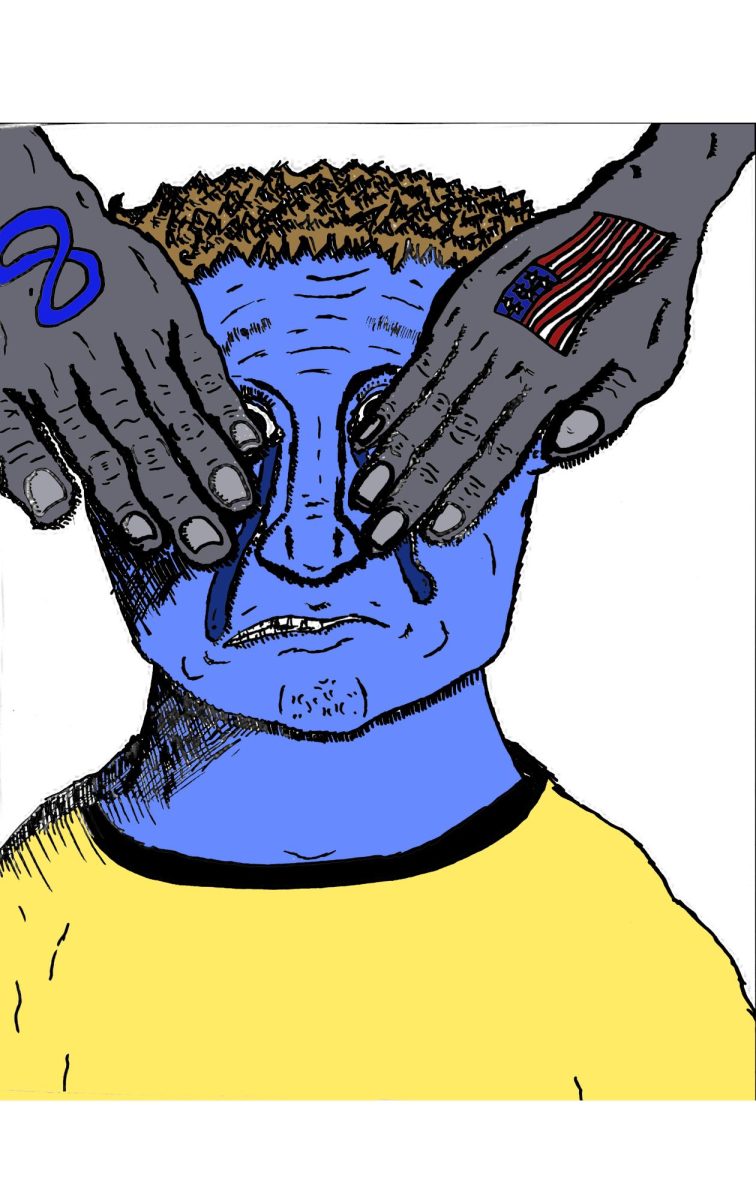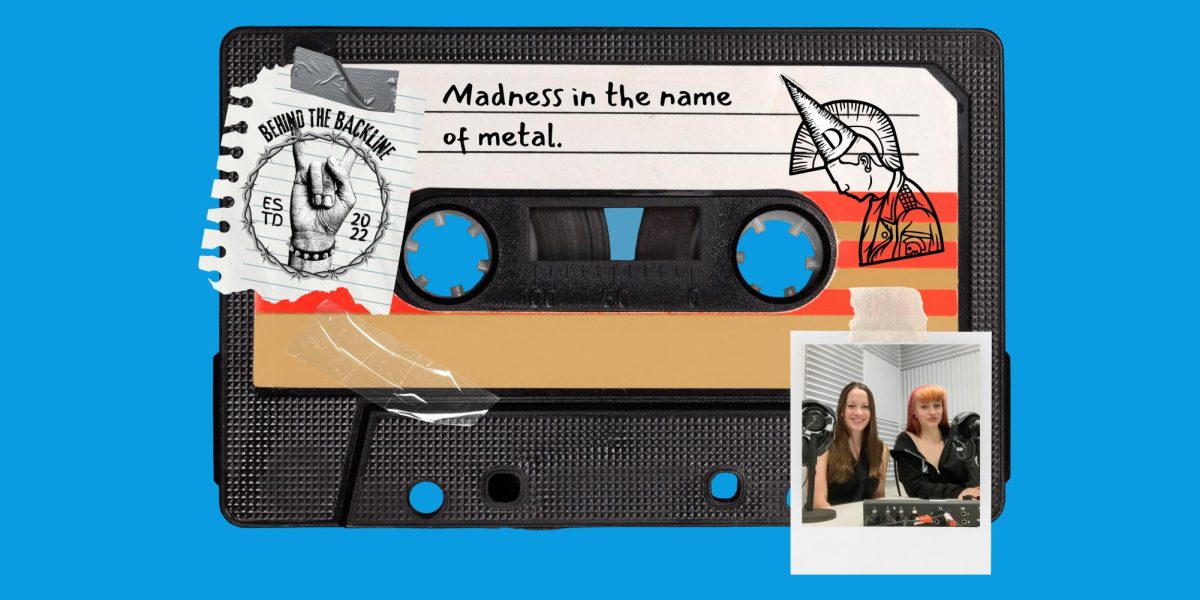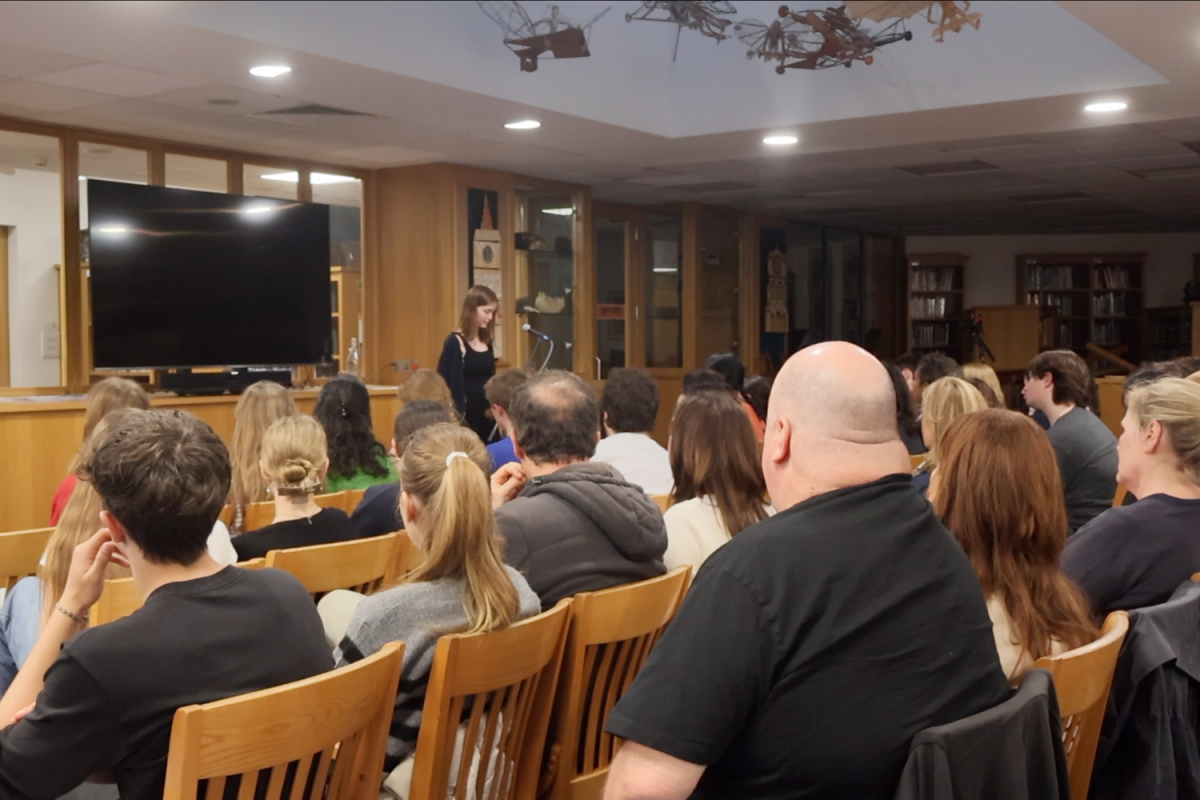Shows and films are continuously created for teenage audiences and while they are meant to resonate with teens, they fail to portray them with accuracy. Instead of depicting teenage characters in a nuanced and relatable manner, the media prefers to focus on generating compelling storylines without considering how poorly they are portraying their teenage audience watching at home.
It seems almost typical of the media to misconstrue teenage life. While all teenagers by no means have the same experiences, the teenage experience as a whole generally encompasses the same basic activities of going to school, spending time at home, hanging out with friends and participating in extracurriculars.
While teenagers do experiment with sex, drugs and alcohol, the extremes to which this is taken in the media are entirely unrealistic. For instance, the HBO show “Euphoria” portrays prominent teenage struggles, including drug use and abuse. Unfortunately, in its depiction of these topics, the characters’ struggles are so dramatized and amplified that any relatability they may have possessed is no longer existent.
Teenagers do not spend their weekdays partying like they do in “Euphoria” or solving mysteries like they do in “Outer Banks.” Obviously, these elements are what make the shows interesting and provide a plot; however, the shows exclusively focus on drugs, alcohol and mystery and forget to make their teenage characters seem genuine.
Instead of attending class, doing homework or going through the stressful process of applying to college, teenage characters are too busy being blackmailed after a friend’s disappearance, like in “Pretty Little Liars,” or taking methamphetamines to win a singing competition, like in “Glee.” This is concerning, as struggles like those first mentioned are almost universal and experienced by the majority of teens, yet are continuously missing from the depiction of teenage life in the media in favor of portraying the latter struggles, which rarely occur in reality.
Instead of solely focusing on the plot, media involving teenage characters should place a greater emphasis on depicting universal teenage experiences. The media needs to balance portraying teenagers’ desire to have fun, experiment and live life to the fullest while simultaneously attempting to get good grades. This more realistic portrayal of teens can be seen in shows such as “Sex Education” and “Never Have I Ever,” in which the character’s are seen having fun and behaving recklessly while also focusing on academics.
Still, shows like “Never Have I Ever” have flaws, namely in the casting of actors much too old for their teenage roles. The most significant example of this is Darren Barnet, who, at the age of 29, played high schooler Paxton Hall-Yoshida in the show. This situation is not exclusive to this show, but rather a trend within the media that makes teen representation extremely inaccurate.
These actors are in no way representative of what teens actually look like. In high school, teens are still developing, whereas the actors playing teenage characters are not, often being well into their twenties when they portray them. In the media, high schoolers never have acne, braces or any of the other appearance related insecurities common among teens. Thus, unrealistic beauty standards are being set for teens that are nearly impossible for them to achieve at their age.
Going forward, it is vital for the media to portray their teenage audience with greater accuracy. It is harmful and disheartening when the producers of shows and movies that focus on teens do not even take the time to make their characters seem genuine. Representation is important and in order for teens to continue engaging with media, they must be able to see themselves reflected in the characters they are watching on television. This can be achieved in shows and films by casting younger actors, incorporating realistic storylines and involving teenagers in the script and story writing process.
This story was originally published on The Eagle Eye on January 8, 2024.





![With the AISD rank and GPA discrepancies, some students had significant changes to their stats. College and career counselor Camille Nix worked with students to appeal their college decisions if they got rejected from schools depending on their previous stats before getting updated. Students worked with Nix to update schools on their new stats in order to fully get their appropriate decisions. “Those who already were accepted [won’t be affected], but it could factor in if a student appeals their initial decision,” Principal Andy Baxa said.](https://bestofsno.com/wp-content/uploads/2024/05/53674616658_18d367e00f_o-1200x676.jpg)






![Junior Mia Milicevic practices her forehand at tennis practice with the WJ girls tennis team. “Sometimes I don’t like [tennis] because you’re alone but most of the time, I do like it for that reason because it really is just you out there. I do experience being part of a team at WJ but in tournaments and when I’m playing outside of school, I like that rush when I win a point because I did it all by myself, Milicevic said. (Courtesy Mia Milicevic)](https://bestofsno.com/wp-content/uploads/2024/06/c54807e1-6ab6-4b0b-9c65-bfa256bc7587.jpg)








![The Jaguar student section sits down while the girls basketball team plays in the Great Eight game at the Denver Coliseum against Valor Christian High School Feb. 29. Many students who participated in the boys basketball student section prior to the girls basketball game left before half-time. I think it [the student section] plays a huge role because we actually had a decent crowd at a ranch game. I think that was the only time we had like a student section. And the energy was just awesome, varsity pointing and shooting guard Brooke Harding ‘25 said. I dont expect much from them [the Golden Boys] at all. But the fact that they left at the Elite Eight game when they were already there is honestly mind blowing to me.](https://bestofsno.com/wp-content/uploads/2024/05/IMG_7517-e1716250578550-900x1200.jpeg)









![BACKGROUND IN THE BUSINESS: Dressed by junior designer Kaitlyn Gerrie, senior Chamila Muñoz took to the “Dreamland” runway this past weekend. While it was her first time participating in the McCallum fashion show, Muñoz isn’t new to the modeling world.
I modeled here and there when I was a lot younger, maybe five or six [years old] for some jewelry brands and small businesses, but not much in recent years,” Muñoz said.
Muñoz had hoped to participate in last year’s show but couldn’t due to scheduling conflicts. For her senior year, though, she couldn’t let the opportunity pass her by.
“It’s [modeling] something I haven’t done in a while so I was excited to step out of my comfort zone in a way,” Muñoz said. “I always love trying new things and being able to show off designs of my schoolmates is such an honor.”
The preparation process for the show was hectic, leaving the final reveal of Gerrie’s design until days before the show, but the moment Muñoz tried on the outfit, all the stress for both designer and model melted away.
“I didn’t get to try on my outfit until the day before, but the look on Kaitlyn’s face when she saw what she had worked so hard to make actually on a model was just so special,” Muñoz said. “I know it meant so much to her. But then she handed me a blindfold and told me I’d be walking with it on, so that was pretty wild.”
Caption by Francie Wilhelm.](https://bestofsno.com/wp-content/uploads/2024/05/53535098892_130167352f_o-1200x800.jpg)








